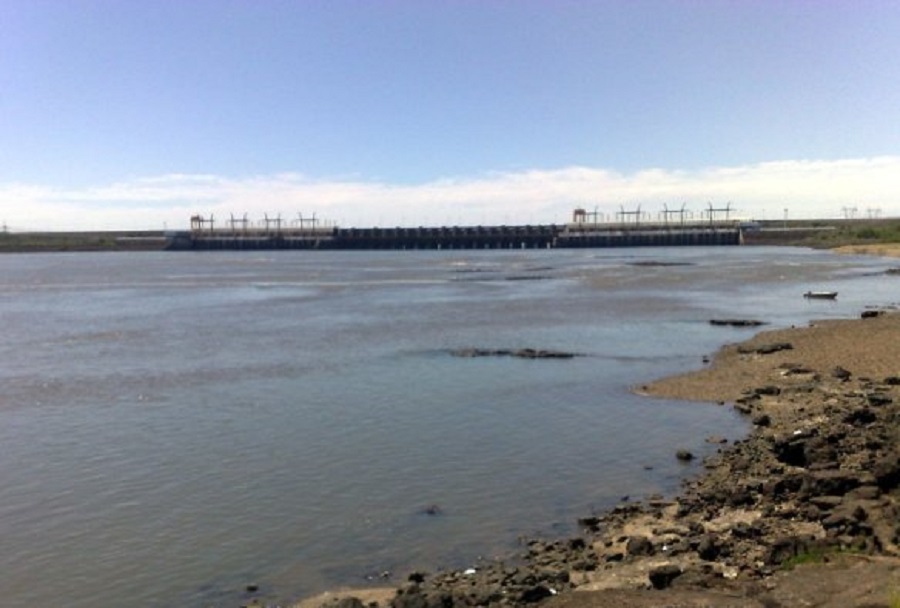RIO DE JANEIRO, BRAZIL – La Niña could result in an intense drought, an increased risk of forest fires and agricultural production complications, as its influence could have a negative impact on extensive crop and livestock production, as well as affecting water supply and power generation from hydroelectric plants such as Salto Grande.
The weather impact would affect the whole coast of Argentina’s Corrientes province where the river is located. The Administrative Commission of the Uruguay River (CARU) forecasts a water deficit for its basin and below-normal rainfall.

CARU explained that sea surface temperatures in the equatorial Pacific indicate that the El Niño Southern Oscillation (ENSO) is in a negative state (Niña), meaning that it is in its cold phase. Different weather conditions are expected to be associated with La Niña. The intensity of the phenomenon is moderate and is not expected to intensify. Forecasts indicate that there is a 50% probability that La Niña will remain active until the fall of 2022.
In terms of flows, deficit conditions are forecast for the month of December. Attention will be paid to monitoring favorable conditions for the occurrence of potential flash floods, particularly in the middle basin.
Despite the significant improvement recorded in the last two weeks of November, only a small part of the basin recorded normal rainfall. Therefore, several regions will not reach a normal soil moisture condition unless more rainfall is recorded in the coming weeks.
PARANÁ RIVER
The Corrientes Institute of Water and Environment (ICAA) in early December advised that the Paraná River remains extremely low in Argentine territory and that in the absence of rainfall in the catchment basins, the trend would be downward and persistent.
Based on reports from the Yacyretá Binational Entity and the National Water Institute (INA), ICAA stated in a press release that the Paraná River “continues to register an extraordinary low water level.”
The flow entering Yacyretá, over northern Corrientes province, “remains at half the average of the past 25 years,” ICAA stated.
It said that currently the incoming flow through the hydroelectric dam ranges between 8,000 and 8,500 cubic meters per second and that “it will remain very stable over the coming days at around 8,000 cubic meters per second.”
With respect to the height of the river in the Corrientes-Barranqueras basin, the level registered a downward trend throughout the week, down 8 centimeters.
“On December 1, the height remained at around 1.20 meters, 1.80 meters below the low water limit,” it explained. The weekly average of 1.18 meters is 2.61 meters below the November monthly average of the past 25 years, it alerted.

